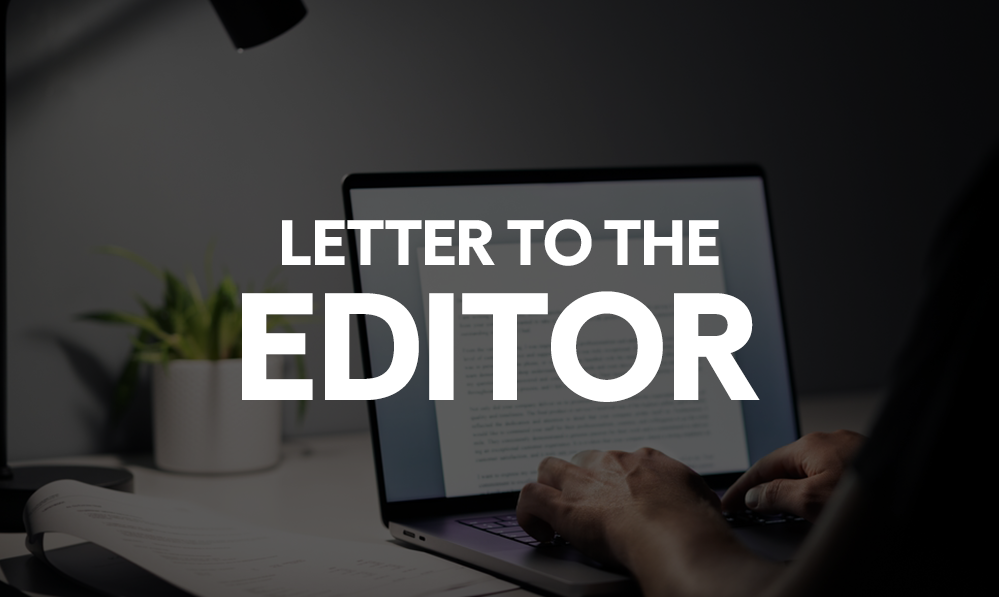With the TIA and T-SPLOST, we are being given a false dilemma – endure traffic congestion or pay tens of billions of dollars in taxes in an attempt to “fix” the congestion problem. We are told that there is no third alternative (the elusive Plan B).
A false dilemma is a type of logical fallacy that involves a situation in which only two alternatives are considered, when in fact there is at least one additional option.
False dilemma can arise intentionally, when fallacy is used in an attempt to force a choice. But the fallacy can also arise simply by accidental omission of additional options rather than by deliberate deception.
There is a Plan B that involves the implementation of technology.
Why are there so many cars on the roads? The major reason is getting to and from work. What time of day is traffic congestion the worst? The answer is morning and evening “rush hours,” for perhaps a total of six hours on each work day, or 30 hours a work week, or 1,470 hours per year (assuming 49 work weeks a year).
At virtually all other times of the year, 7,290 hours (8,760 hours per year – 1,470 rush hours), or 83 percent of the time, the road capacity in metro Atlanta is more than adequate to handle road traffic relating to shopping, entertainment, socializing, dining out, etc.
So, to address traffic congestion in metro Atlanta, all that is necessary is to reduce the peak number of cars traveling on the roadways during the rush hour periods.
Use of teleworking (or remote working) and teleconferencing could remove thousands of cars from the roadways each work day. And, there is no need to convert 100 percent of the jobs to teleworking to achieve the objective of reducing traffic congestion during rush hours. There is a perfect example right here in Atlanta of how this could work to reduce traffic congestion. Simply look at what happens when schools let out for summer vacation. Traffic congestion is reduced dramatically or disappears entirely.
Much has been made of the problem of air pollution associated with cars on the highways. But consider this, technology has improved the internal combustion engine so that gasoline mileage has increased by 40 percent since 1970. In that same time frame, while American driving grew by 166 percent, pollutants from car exhaust decreased dramatically. The complete inventory of automobiles in the United States is replaced about every 18 years, thereby constantly bringing on line new technology to increase gas mileage and reduce emissions.
By comparison, rail transit is powered predominately by electricity. Electricity comes from electric generating plants. Electric generating plants produce pollutants. Ergo, switching to transit is not going to eliminate the air pollution issue.
Why should the taxpayers subject themselves to a 10-year tax (and probably longer), spending tens of billions of dollars in pursuit of a transit solution, when over the same time frame the implementation of technology, with attention to marginal improvements to roadways to address choke points, could solve the rush hour congestion problem for us? We should be incorporating technology now to help smooth the flow of traffic – timed traffic lights, congestion-responsive toll lanes, electronically adjustable speed limit signs, reversible lanes, yellow blinking left turn arrows, protected turn lanes, double diverging diamond overpasses, deceleration and acceleration lanes, moveable barriers, etc.
We should not be “calming” traffic, i.e., creating artificial congestion to slow traffic speeds. We should be investing in roadway improvements to address traffic choke points.
Some say that public transit is necessary for those citizens who are old, infirm, and/or poor, and have no privately-owned transportation. The sustainable and low lost solution for these citizens is to simply provide them with transportation vouchers, not transit systems that must be substantially subsidized over their entire operating lives. In this way, the taxpayers are not burdened with providing and supporting an expanded public transit system that constantly loses money. This is the American way, i.e., let capitalism provide the solution, not government.
There are at least two other actions that can be taken by business and by local government to help reduce the rush hour traffic peak. One is the old standard “flex time” approach. One proposed difference in the traditional flex time approach would be to not just allow employees to work flex time, but to strongly encourage them to adopt something other than the standard 8-5 work day.
If government just cannot restrain itself from getting involved in the personal driving habits of the citizens, the van pool concept is an inexpensive and sustainable alternative.
To summarize, Atlanta voters are being offered a false dilemma, endure traffic congestion or pay tens of millions of dollars in taxes in an attempt to “fix” the problem. Implementation of technology, in the office environment, in automobiles, and in traffic management, could eliminate road congestion within a decade without a massive government-run, taxpayer funded transportation program. Privately owned and operated transit systems could fill in the gaps.
Billy Wise
Duluth, Ga.







Leave a Comment
You must be logged in to post a comment.